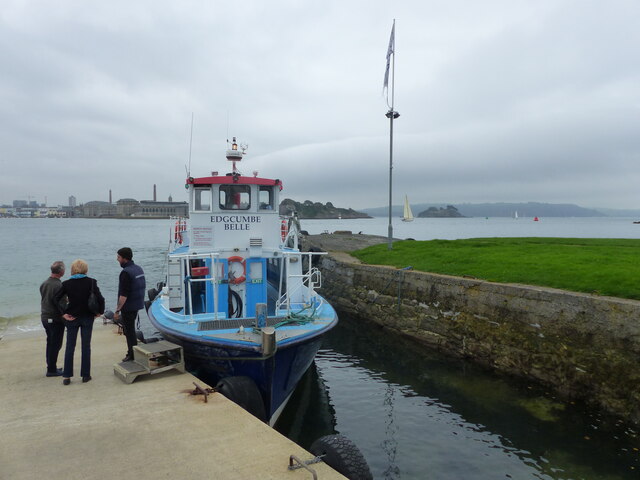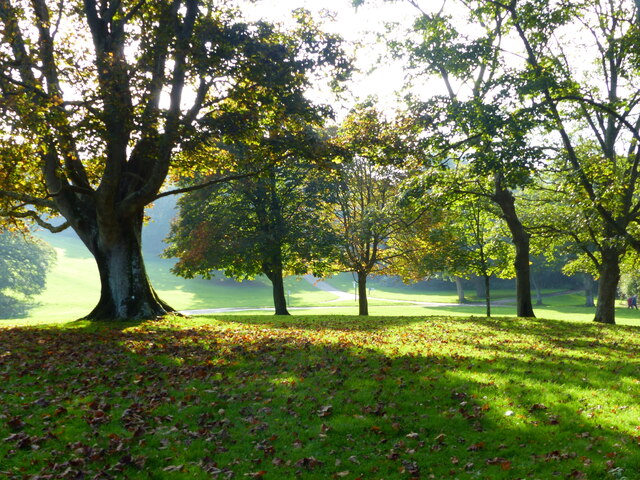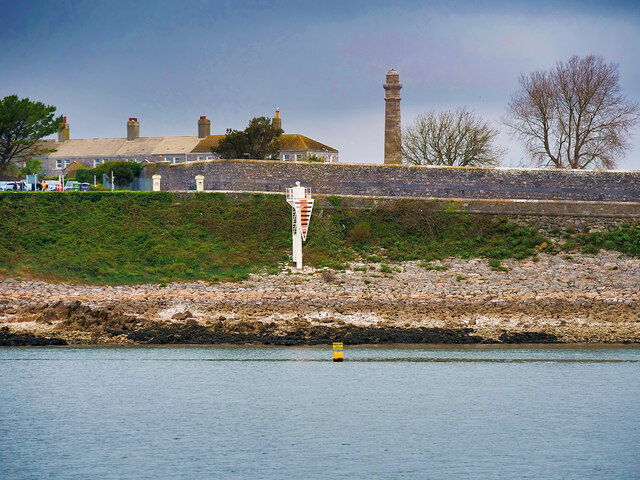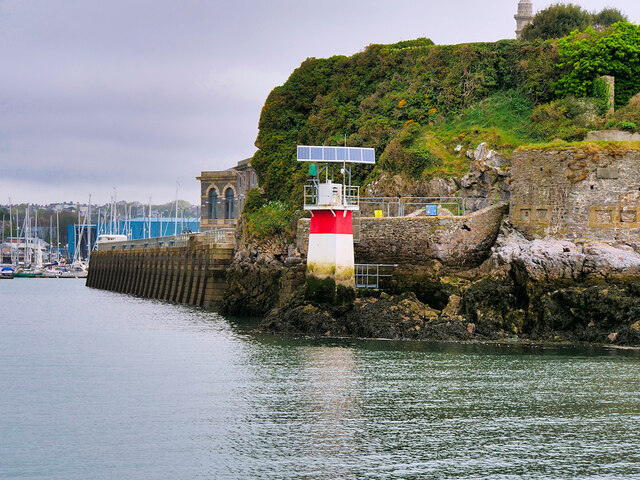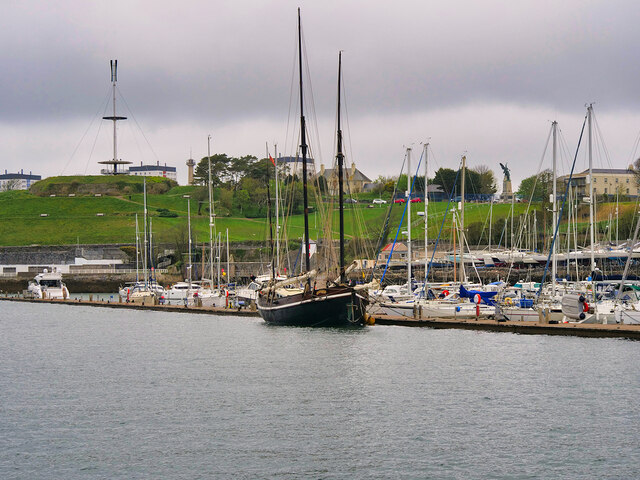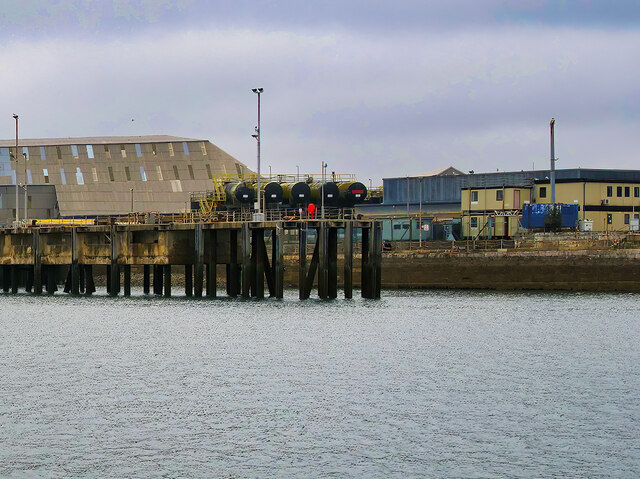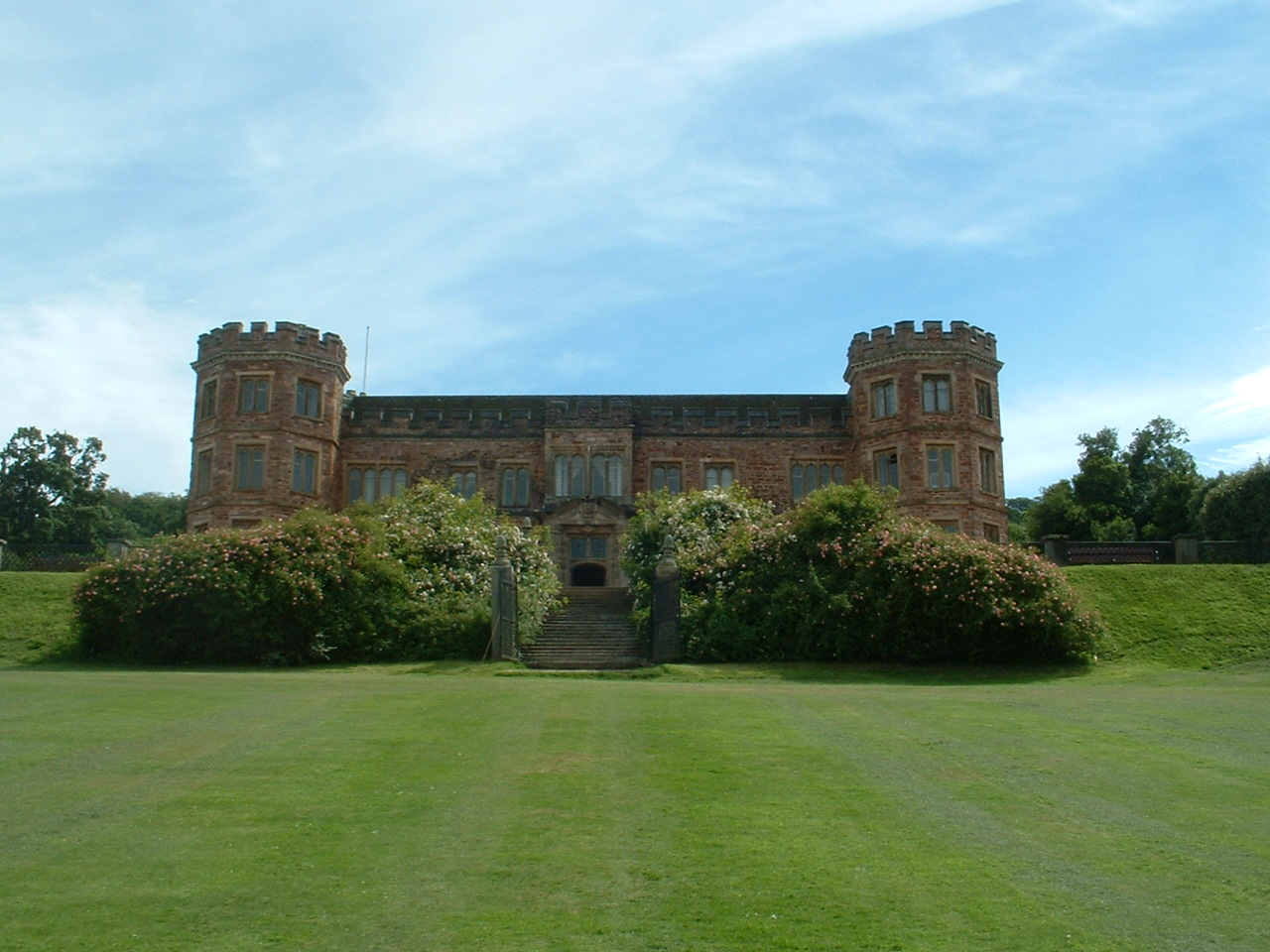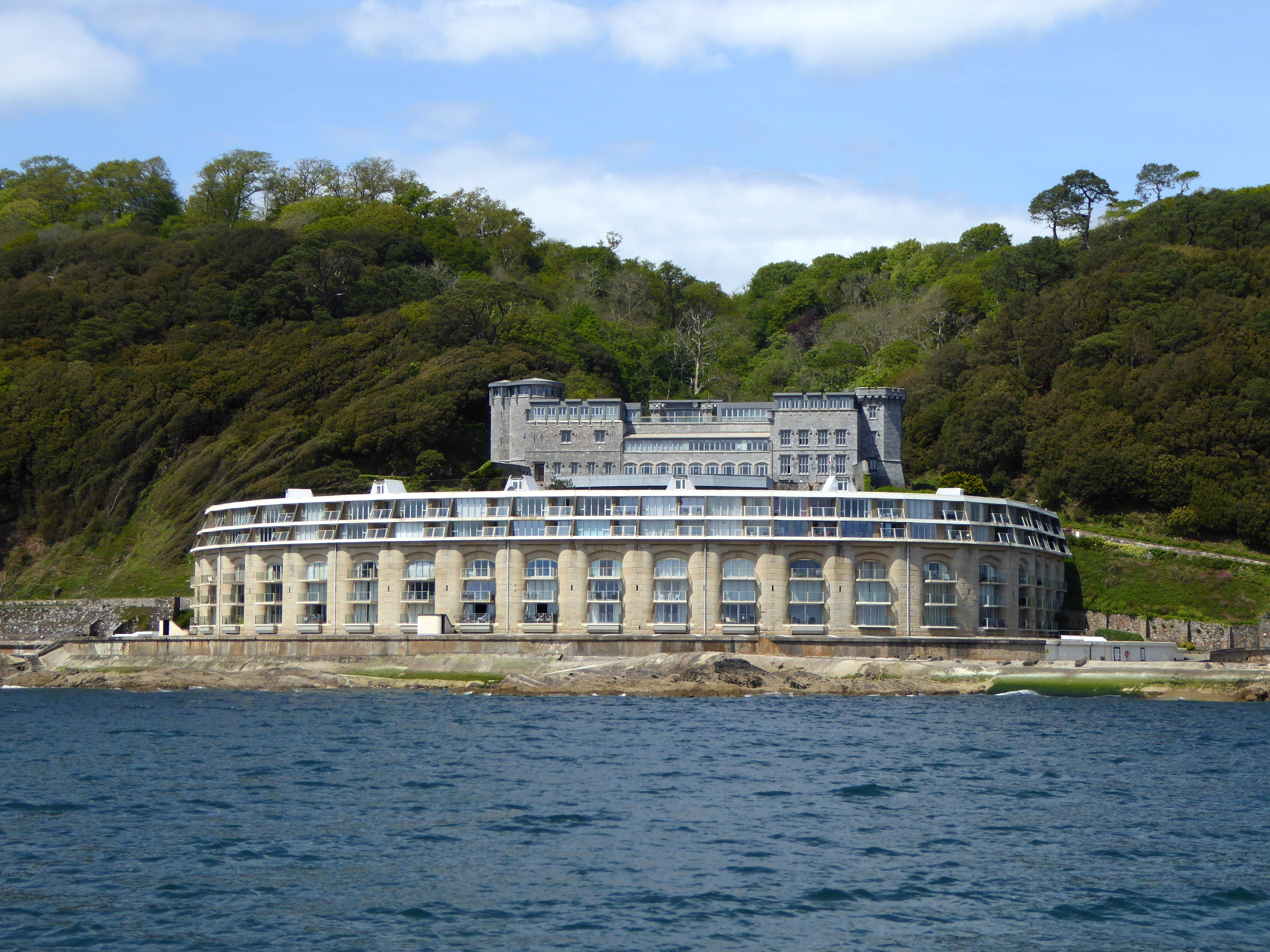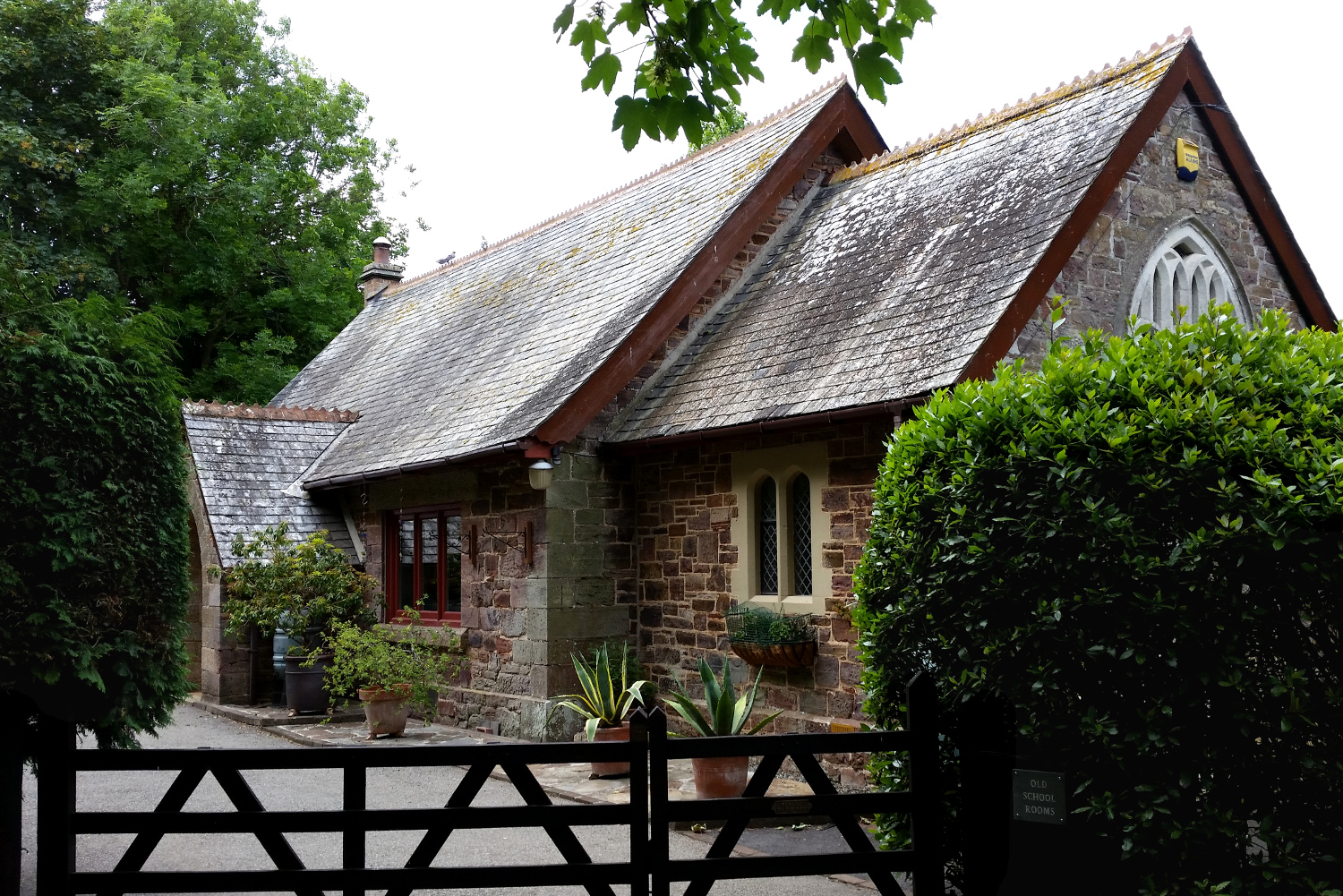Harbour View Plantation
Wood, Forest in Cornwall
England
Harbour View Plantation
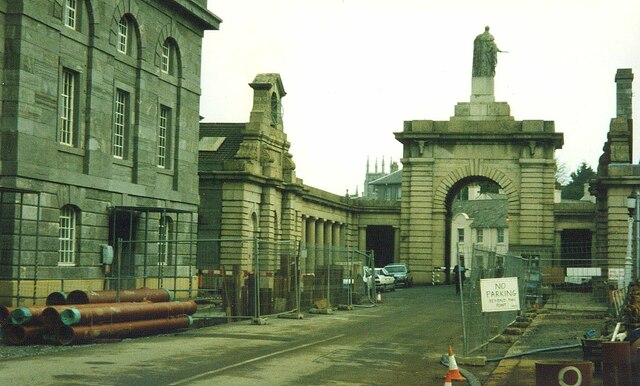
Harbour View Plantation is a picturesque wood and forest located in Cornwall, England. Situated near the coast, the plantation offers stunning views of the harbor and surrounding landscape. Spanning over a vast area, the plantation is renowned for its diverse flora, lush greenery, and tranquil atmosphere.
The wood and forest of Harbour View Plantation are home to a rich variety of trees, including oak, beech, and pine, creating a dense canopy that provides shade and shelter for numerous wildlife species. The plantation is known for its well-maintained walking trails, which allow visitors to explore the area and immerse themselves in the natural beauty of the surroundings.
Visitors to Harbour View Plantation can expect to encounter a plethora of wildlife species. The woods are teeming with various bird species, such as robins, finches, and woodpeckers, making it a haven for birdwatchers. Additionally, the plantation is known to host a population of deer, adding to the charm and natural appeal of the area.
The plantation is a popular destination for nature enthusiasts, hikers, and families seeking a peaceful retreat. The well-marked trails offer opportunities for leisurely strolls, jogging, and even cycling, ensuring that visitors of all ages and fitness levels can enjoy the beauty of the wood and forest.
Harbour View Plantation is also a perfect spot for picnics and outdoor activities. With several picnic areas scattered throughout the plantation, visitors can relax and enjoy a meal amidst the serene surroundings. The plantation also has designated areas for barbecues, making it an ideal location for family gatherings and social events.
Overall, Harbour View Plantation in Cornwall is a breathtaking wood and forest that offers a respite from the bustling city life, allowing visitors to reconnect with nature and appreciate the beauty of the outdoors.
If you have any feedback on the listing, please let us know in the comments section below.
Harbour View Plantation Images
Images are sourced within 2km of 50.35066/-4.1787722 or Grid Reference SX4552. Thanks to Geograph Open Source API. All images are credited.

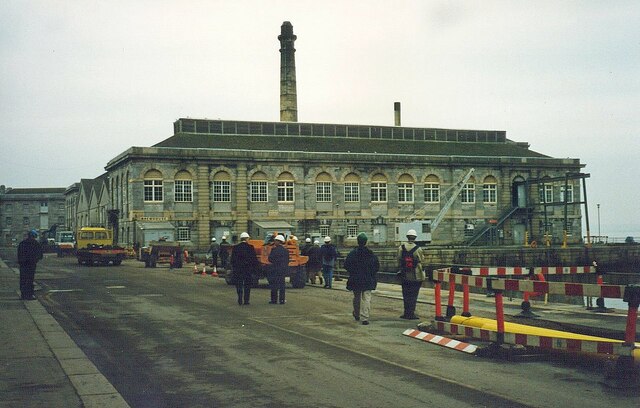
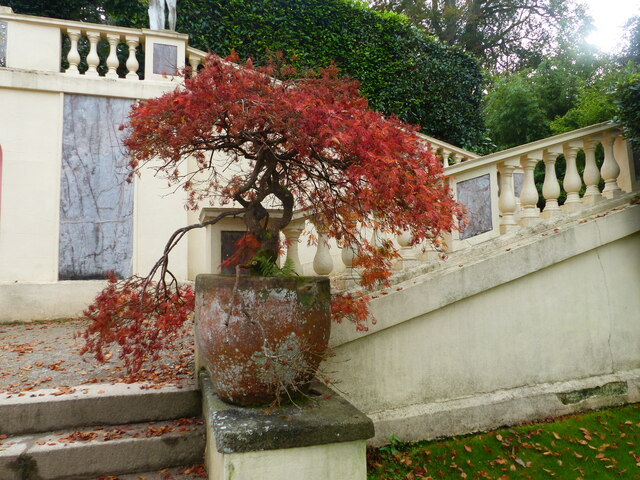
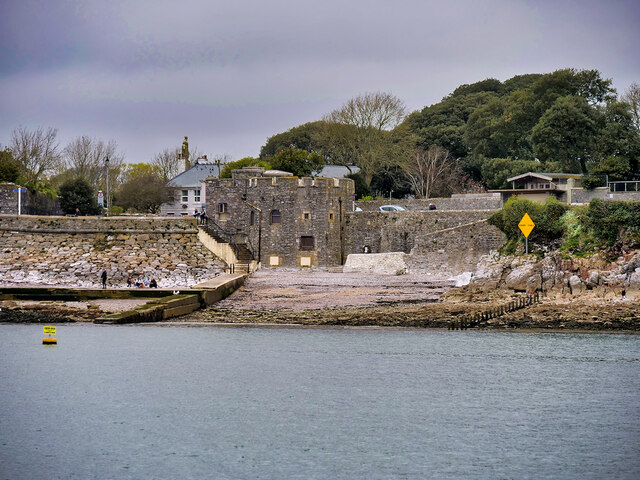
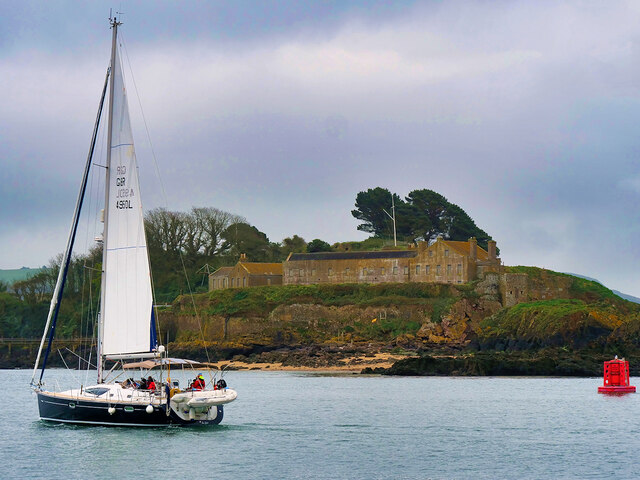
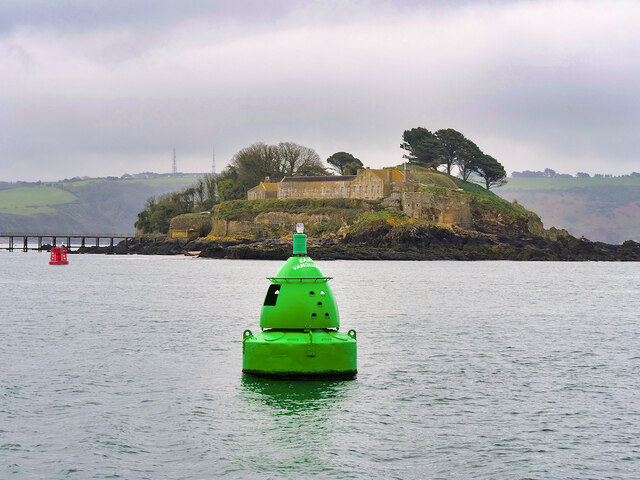
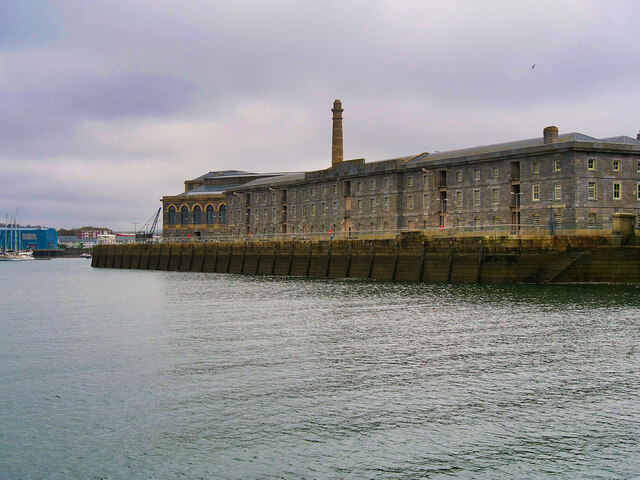
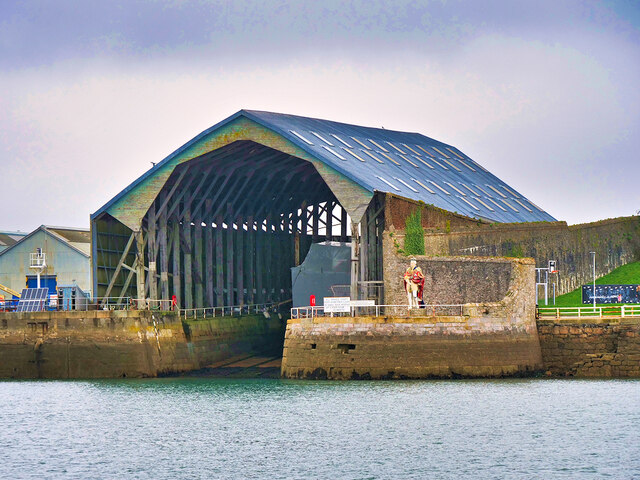
Harbour View Plantation is located at Grid Ref: SX4552 (Lat: 50.35066, Lng: -4.1787722)
Unitary Authority: Cornwall
Police Authority: Devon and Cornwall
What 3 Words
///jumps.fire.asleep. Near Millbrook, Cornwall
Related Wikis
Mount Edgcumbe House
Mount Edgcumbe House is a stately home in south-east Cornwall and is a Grade II listed building, whilst its gardens and parkland are listed as Grade I...
St Mary's and St Julian's Church, Maker
St Mary's and St Julian's Church is a Church of England parish church in Maker, Cornwall, England, UK. The church dates to the 15th century and has been...
Picklecombe Fort
Fort Picklecombe stands on the extreme south eastern coast of Cornwall, a couple of miles west of the city of Plymouth. The fort has been a residential...
Cremyll School and Chapel
Cremyll School and Chapel is a former schoolroom and chapel in Cremyll, Cornwall, England. It was erected in 1867 and is now a private residence, known...
Nearby Amenities
Located within 500m of 50.35066,-4.1787722Have you been to Harbour View Plantation?
Leave your review of Harbour View Plantation below (or comments, questions and feedback).
